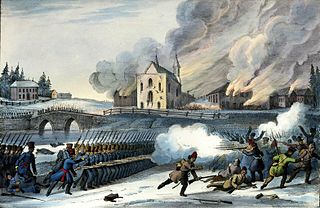
The Lower Canada Rebellion, commonly referred to as the Patriots' Rebellion in French, is the name given to the armed conflict in 1837–38 between rebels and the colonial government of Lower Canada. Together with the simultaneous rebellion in the neighbouring colony of Upper Canada, it formed the Rebellions of 1837–38.
The Ninety-Two Resolutions were drafted by Louis-Joseph Papineau and other members of the Parti patriote of Lower Canada in 1834. The resolutions were a long series of demands for political reforms in the British-governed colony.

This section of the Timeline of Quebec history concerns the events in British North America relating to what is the present day province of Quebec, Canada between the time of the Constitutional Act of 1791 and the Act of Union 1840.

Wolfred Nelson was the mayor of Montreal, Quebec, from 1854 to 1856.
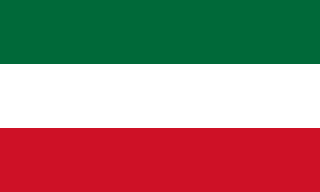
The Parti canadien or Parti patriote was a primarily francophone political party in what is now Quebec founded by members of the liberal elite of Lower Canada at the beginning of the 19th century. Its members were made up of liberal professionals and small-scale merchants, including François Blanchet, Pierre-Stanislas Bédard, John Neilson, Jean-Thomas Taschereau, James Stuart, Louis Bourdages, Denis-Benjamin Viger, Daniel Tracey, Edmund Bailey O'Callaghan, Andrew Stuart and Louis-Joseph Papineau.

John Neilson was a journalist, publisher and politician in Lower Canada. Born in Scotland, he emigrated to Lower Canada in 1791 at age 15, to work in his older brother's publishing company in Quebec City. On his brother's death a few years later, he inherited the business. Neilson became one of the leading publishers and booksellers in Lower Canada and in Upper Canada, selling books in both French and English. He was the editor of the newspaper La Gazette de Québec / The Quebec Gazette, published in French and in English.
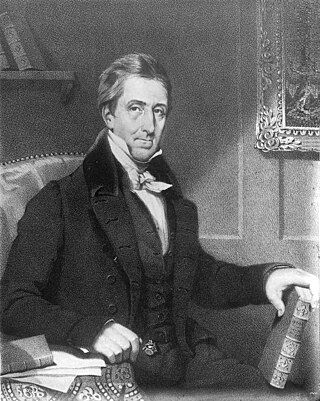
Denis-Benjamin Viger was a 19th-century politician, lawyer, and newspaper publisher in Lower Canada, who served as joint premier of the Province of Canada for over two years. A leader in the Patriote movement, he was a strong French-Canadian nationalist, but a social conservative in terms of the seigneurial system and the position of the Catholic church in Lower Canada.
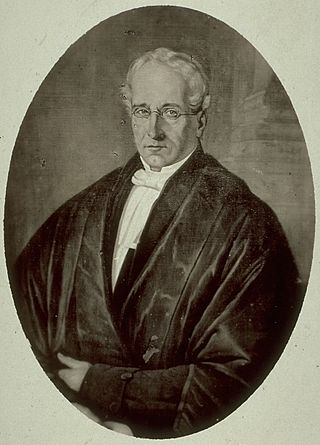
Austin Cuvillier was a businessman and political figure in Lower Canada and Canada East. He was a successful Canadien businessmen, unusual when most businessmen in Lower Canada were British. He also was a member of the Legislative Assembly of Lower Canada for twenty years, as a member for the Parti canadien, which tended to oppose the policies of the British-appointed governors. As a result, he served as a bridge between the conservative business community, and the more radical Parti canadien, although he finally broke with the Parti canadien prior to the Lower Canada Rebellion of 1837–1838.

Étienne Parent was a Canadian journalist, politician and government official. A French-Canadian nationalist, he wrote extensively on political theory and governance during the 1820s and 1830s in various newspapers, particularly Le Canadien, of which he was editor. He was attracted to theories of constitutional governance based on the British constitution, and opposed annexation to the United States. Born to farming parents, he spent most of his adult life in the French-Canadian political and social elites.

Joseph-Édouard Turcotte was a lawyer, businessman, and political figure in Canada East. Born to a merchant family, he considered the priesthood, but after the loss of one arm in an accident, he opted instead for a legal career. In addition to the law, he was engaged in journalism and in business activities in Trois-Rivières.
Marcus Child was a businessman and political figure in Lower Canada (nowQuebec). An immigrant from the United States, he became a prosperous businessman. He was involved in improving local education in the Eastern Townships, an area which had recently opened for colonial settlement. He represented the Stanstead Township of Lower Canada, first in the Legislative Assembly of Lower Canada, later in the Legislative Assembly of the Province of Canada. He supported the Parti patriote in the 1830s, and fled to exile in the United States for a short time after the Lower Canada Rebellion in 1837.
Thomas Boutillier was a medical doctor, Patriote, and politician in Lower Canada. Elected to the Legislative Assembly of Lower Canada in 1834, he was a member of the Parti patriote led by Louis-Joseph Papineau, which was challenging the British colonial government of the largely French-speaking province of Lower Canada. When the Lower Canada Rebellion broke out in 1837, he fought on the Patriote side in the Battle of Saint-Charles. Following the Patriotes' defeat, he fled to the United States. He returned to Lower Canada in 1838.

Louis-Michel Viger was a lawyer, banker, businessman, seigneur and political figure in Lower Canada, and then in Canada East in the Province of Canada.
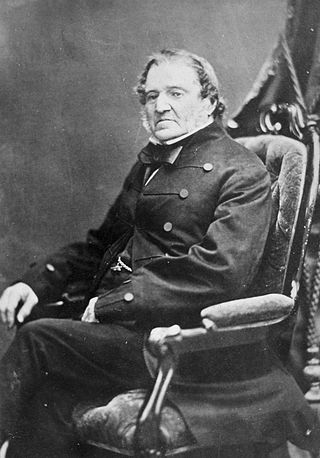
Frédéric-Auguste Quesnel,, was a lawyer, businessman and politician in Lower Canada. He was a member of the Legislative Assembly and the Executive Council of Lower Canada. Following the union of the Canadas, he was elected to the Legislative Assembly of the Province of Canada and later was appointed to the Legislative Council. Throughout his career he was a political moderate, seeking greater political power for French-Canadians under British rule, but also supporting the British connection generally. Condemned by the Patriotes as a vendu ("sell-out") in the Lower Canada Rebellion, in 1860 he was elected President of the Saint-Jean-Baptiste Society of Montreal.
René-Joseph Kimber was a physician and political figure in Lower Canada and Canada East, in the Province of Canada. He represented Trois-Rivières in the Legislative Assembly of Lower Canada, as a member of the Parti patriote, although he opposed the use of force in the Lower Canada Rebellion. After the creation of the Province of Canada, which he opposed, he was the member for the district of Champlain in the Legislative Assembly of the Province of Canada. He was briefly a member of the Legislative Council, prior to his death in 1843.

The Assembly of the Six Counties was an assembly of Patriote leaders and approximately 6,000 followers held in Saint-Charles, Lower Canada on October 23 and October 24, 1837, despite the June 15 Proclamation of the government forbidding public assemblies.

The Patriote popular assemblies gathered supporters and leaders of the Patriote movement and the Parti patriote in 1837 Lower Canada. The assemblies, concentrated in the Montreal and Montérégie region, saw votes on resolutions and speeches of some of Lower Canada's most reputed orators.

The Patriote flag was used by the Patriote movement in Lower Canada between 1832 and 1838.
The following is an incomplete bibliography of the 1837-1838 insurrections in Lower Canada in the English and French languages, by publication date and document type.
John Robinson Hamilton, QC was a lawyer and political figure in Lower Canada and then the Province of Canada. He represented the electoral district of Bonaventure 1832 to 1834 in the Legislative Assembly of Lower Canada. Following the creation of the Province of Canada, he again represented Bonaventure from 1841 to 1844 in the Legislative Assembly of the Province of Canada. He opposed the union of Lower Canada and Upper Canada into the Province of Canada, and supported the reform movement, which favoured responsible government.













